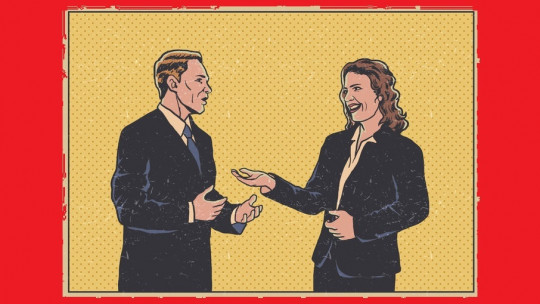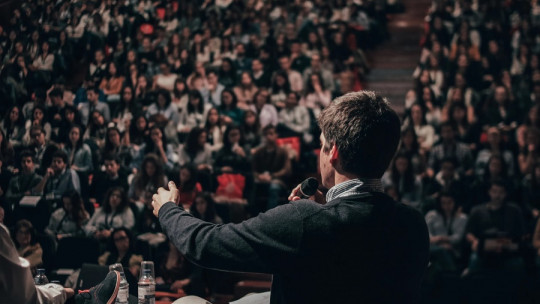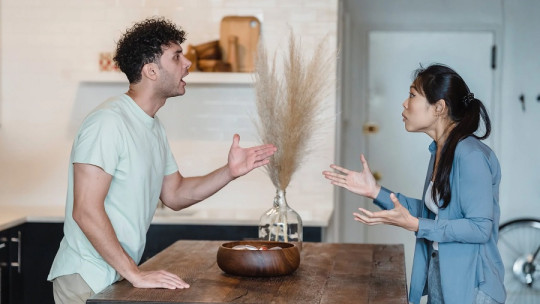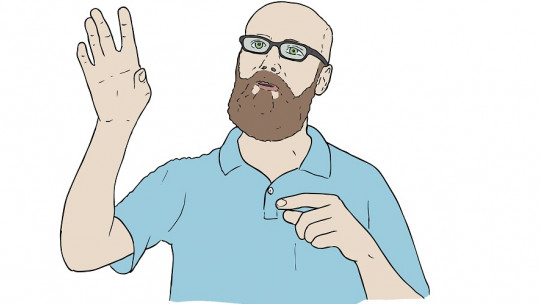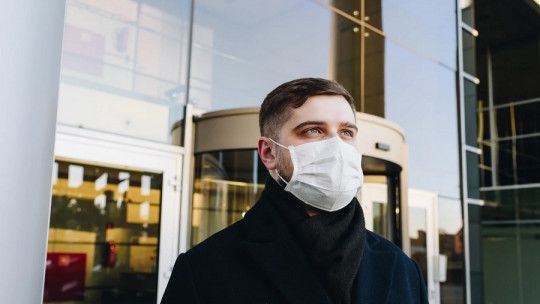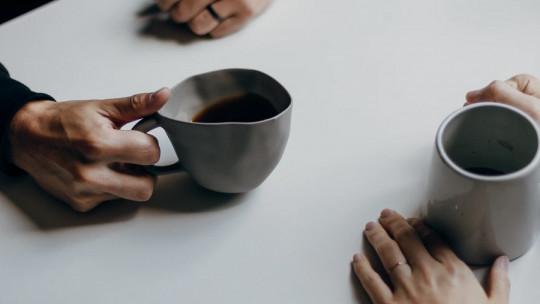Gesture and body language It is part of our inheritance received through our ancestors, and therefore it is also part of our subconscious.
Our muscular movements speak for us independently of verbal expression. Although it is true that gestures and movements usually accompany our words, the moment the conscious decides to lie this parity dissolves, since our deepest self is incapable of giving false signals, unless it is, in addition to giving false information, believing it to be true.
From birth to three years, the child It is expressed almost entirely through movements and gestures partly innate and partly learned by imitation. With their advancement in the ability to speak, gesturing takes a backseat; It is at this moment when the child also acquires the ability to lie, as part of his development from imagination, all of which leads him to the construction of the game that will serve as training in real life.
However, body language was learned prior to lying so gestures will always be associated with the subconscious and the truth.
The importance of improving gesture and body language
Between 60 and 70% of our communication is done through body language: gestures, appearance, posture, look and expression Even at an unconscious level, we capture all this information and transform it into meaning, which is why some people seem more or less trustworthy to us, depending on the number of inconsistencies we have detected during the conversation.
We do not necessarily capture all the information, it depends on the attention we are paying. If we also know the mechanisms of gestural language, We can interpret the messages on a conscious level as if they were a language It goes without saying that it works in both directions, and, if we learn to interpret them, we can also learn to transmit our thoughts through the gestures of our entire body, thus enhancing the quality of the message emitted and ensuring greater empathy on the part of the recipient.
Studying our body expression allows us observe our psychomotor apparatus and erase the habitual expression largely regulated and even self-imposed, and allows us to find our own language for communication with others.
Enhancing the free expression of the body also helps us optimize computational intelligence. From the first contacts with his mother, the child, lacking words and symbols to rely on, imprints his physical and emotional sensations on the body memory, which registers and preserves all this information in the motor motor of the subconscious. Through body expression we can access this memory, recognizing the registers to neutralize them and thus avoid automatic movements that can give erroneous and inadequate information in certain situations.
Enhancing gestural language
How do we do it? The ideal thing, without a doubt, especially for the recreational component, is to go to clown, theater, dance workshops… However, with the help of a simple mirror we can do it without difficulty at home following these simple guidelines:
1. Controlling our gestures
Gesture is the bodily movement of the joints, mainly of the body movements made with hands, arms and head Before moving, we will visualize the movement with our eyes closed and decide whether or not it is appropriate for what we want to express.
2. Relating to objects
A fork or a pen can be held in many different ways… let’s observe ourselves, rehearse the movement, let’s make the objects our own.
3. Learning to relate to other bodies
React in a controlled and conscious way to what the rest of the expressions provoke in us around us is very useful in this sense.
4. Relating to space
It consists of observing the dimensions of the space, the sounds around us, the aromas, the sensations that the environment produces in us. This will make us move around it more safely.
5. Learning to breathe
We perform breathing exercises regularly until we manage to naturally adapt its rhythm to what our body requires; In this way you will be able to move organically and integrated into the environment.
Exercising free expression gives us the awareness that we have a unique and extremely useful tool for communication: our body.



